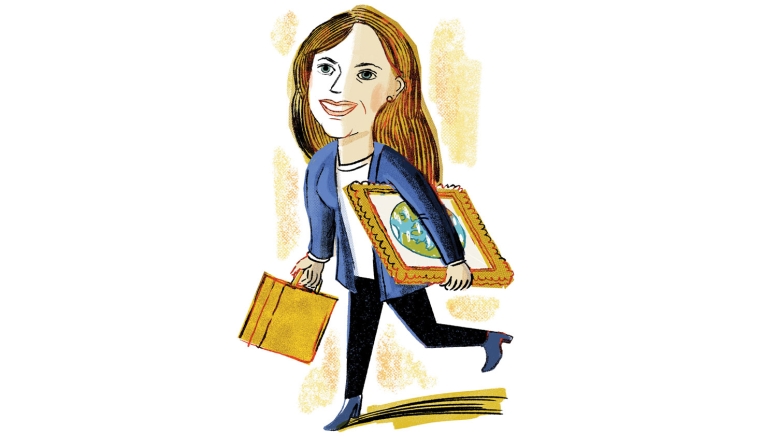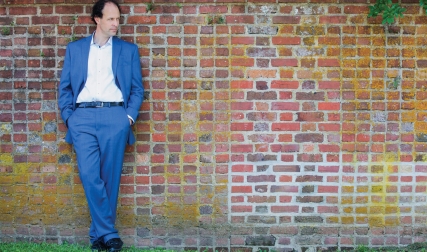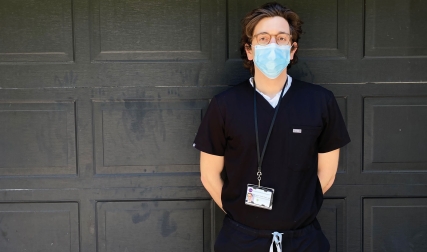Soon after Tunick Cedar arrived at Dartmouth, she and her parents took a stroll through the Hood Museum of Art.
“My father is an art dealer, so we paused at a painting and he asked me whether I thought it might have been done by more than one artist. And I said, ‘Well, the hand of this figure looks really different from all the other ones.’”
“That’s amazing, Lizzie,” her dad said. “You should take an art history class.”
Good advice. Tunick Cedar majored in art history, earned her master’s at Williams College, and now manages global cultural sustainability programs in the Smithsonian Institution Office of International Relations. During the past seven years, in 18 countries so far, she has helped museums of all shapes and sizes become accessible sites for learning and beacons of national pride.
In war-torn Colombia, her Smithsonian team helped to create a national museum that can pave the way for reconciliation. “So we talked about some of the issues we dealt with at the National Museum of the American Indian and how to ensure that all communities feel represented in the stories exhibitions tell,” Tunick Cedar says. In Iraq’s Mosul Museum, the challenge is to assess damage from recent attacks. Uzbekistan is getting help from the Smithsonian to develop sites within Ichan Qala, a World Heritage Site.
“One reason I love my job is that I’m often working in places I’ve never been. It’s an incredible learning experience,” she says.
It’s also a major juggling act. She and her husband, Andrew, are the parents of 2-year-old Will and his baby sister, Abigail.
“I love spending family time at home in Brooklyn,” says Tunick Cedar. “But being welcomed into places where people are sharing difficult parts of their history and figuring out ways to talk about that and create safe spaces—that’s really humbling.”




